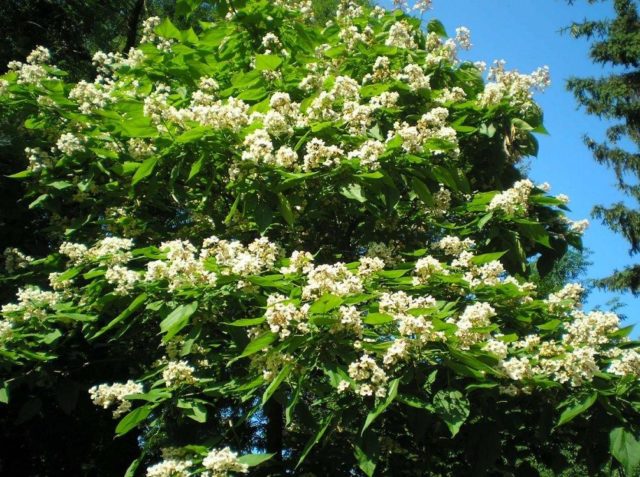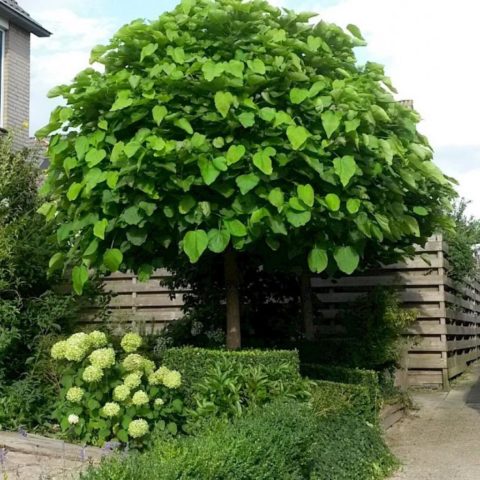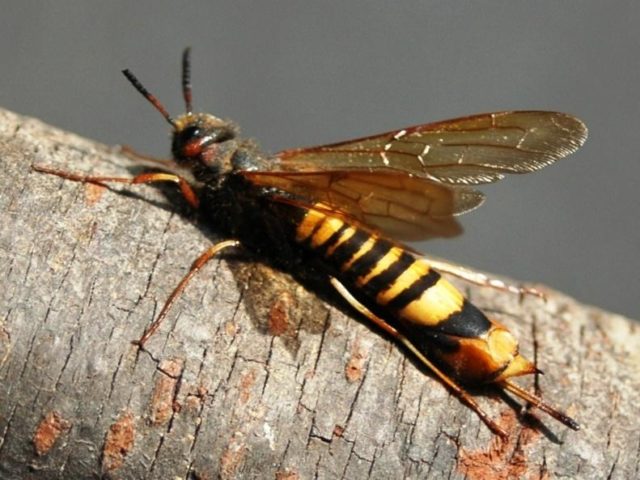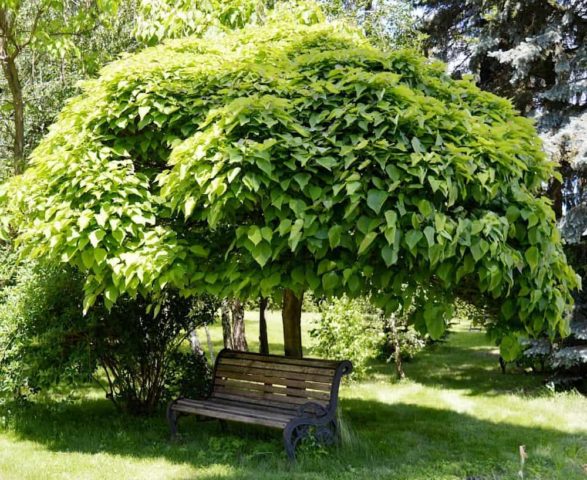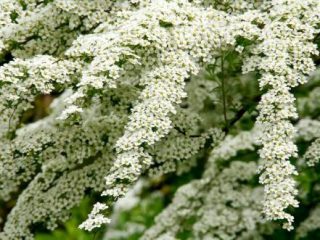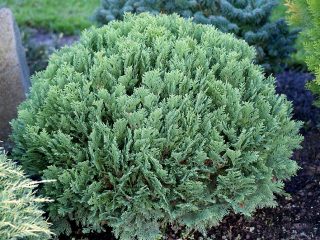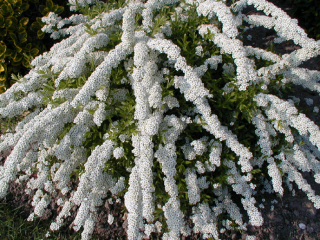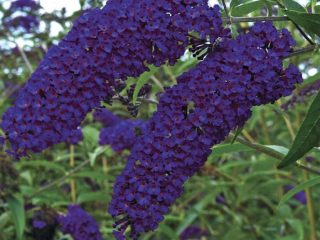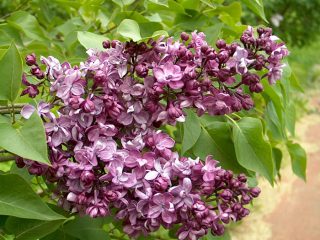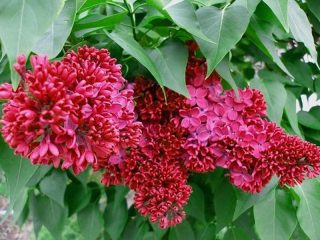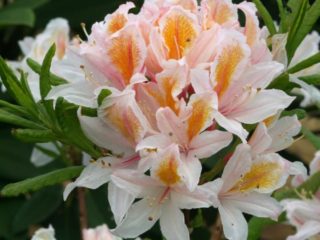Content
Planting and caring for catalpa in the Moscow region have a number of characteristic features. Only frost-resistant species are suitable for cultivation in the region, but they are in no way inferior to the heat-loving varieties of this plant.
Features of growing catalpa in the Moscow region
Catalpa is a heat-loving plant that grows in the form of a tree or shrub with large (up to 25 cm) heart-shaped smooth bright green leaves. North America is considered its homeland. Trees growing in natural conditions often reach a height of 10 to 12 m. The inflorescences can contain up to 50 small creamy white flowers with an apple scent. The fruits are capsules shaped like a pod and reaching a length of up to 55 cm; in some regions they can remain on the shoots throughout the winter period.
Despite the fact that catalpa prefers a warm climate, it can also be grown in the Moscow region. First of all, before planting, you need to decide on the type and variety of the plant. For cultivation in the Moscow region, only winter-hardy species are recommended, such as:
- Catalpa is beautiful – one of the most frost-resistant varieties, can withstand cold temperatures down to -40 degrees. Its flowers are slightly smaller than those of wild heat-loving species, but this does not have any effect on the size of the inflorescences and the overall decorative appearance;
- Catalpa bignoniiformes Nana – a tree 4–6 m high with a compact spherical crown. It is a winter-hardy species, but in the Moscow region it can freeze during severe winters. Young, fragile bushes are usually covered for the winter;
- Catalpa magnificent differs from other species in having fragrant cream flowers about 7 cm long. In favorable conditions it can reach a height of up to 30 m.
When planted in the Moscow region, winter-hardy catalpa species bloom at the end of June. They react poorly to hot and dry weather, so in the summer it is extremely important to provide the tree with proper care, which consists of regular, abundant watering.
Typically, the height of catalpa grown in the Moscow region, regardless of the type, does not exceed 4 m. Due to its short stature, the tree is rarely used in individual plantings. Most often, landscape compositions are formed from catalpa, including deciduous magnolias and oaks.
Planting and caring for catalpa in the Moscow region
If you provide the catalpa growing in the Moscow region with proper care, its decorativeness will not be a bit inferior to the decorativeness of trees growing in natural conditions. The first step is to purchase high-quality planting material and decide on a place to plant the plant. Subsequent care includes regular watering, fertilizing, pruning, as well as annual preventive treatments with fungicides and insecticides.
Preparation of planting material
Planting material is best purchased from specialized nurseries or large gardening stores. When choosing seedlings, first of all, you should take into account their winter hardiness, which depends on the growing conditions of the cuttings. The best option would be seedlings grown in the Moscow region, since they are more adapted to the climatic conditions of the region.
Preparing the landing site
In order for the catalpa to feel comfortable in the conditions of the Moscow region, seedlings should be planted on the south side of the site. The planting site should be well lit and protected from the wind; it is advisable to place the plant away from tall buildings and dense coniferous compositions.
The soil for planting catalpa in the Moscow region should be especially nutritious. An ideal soil mixture containing:
- humus (3 parts);
- river sand (2 parts);
- sheet soil (2 parts);
- peat (1 part).
Among other things, the soil for planting must be fertilized with ash (7 kg) and phosphate rock (50 g). It is important that the acidity of the soil does not exceed 7.5 pH.
Landing rules
It is best to plant seedlings in open ground in the Moscow region in the spring, before the sap begins to flow, or in the fall, after the end of leaf fall.
Landing algorithm:
- Dig a planting hole with a diameter of about 70 cm and a depth of about 100 cm.
- Lay a 15 cm thick drainage layer at the bottom of the hole, consisting of crushed stone or broken brick.
- Pour approximately 2/3 of the nutrient soil mixture into the planting hole. The hole should be filled almost to the very top.
- Carefully place the seedling in the hole and cover it with the remaining soil mixture.
- Compact the soil and water.
- Mulch the soil around the trunk with peat.
Watering and fertilizing
One of the most important components of tree care is watering; it should be regular. Catalpa grown in the Moscow region needs to be watered once a week. During drought, the frequency of watering should be increased to twice a week; if necessary, the plant can be watered more often. If the summer turns out to be cool and rainy, then watering is reduced to 2 - 3 times a month. At the same time, about 20 liters of water are consumed per mature tree.
After watering, as well as after the end of the rains, the soil in the tree trunk circle must be loosened, simultaneously removing all the weeds that take away the strength of the plant.
Another important component of catalpa care is systematic feeding, which in the Moscow region is usually carried out twice a season. During spring, the tree is fed with nitroammophoska. In autumn, catalpa needs nitrogen more than ever, so during this period they fertilize with potassium and phosphorus fertilizers.
Trimming
Full care of catalpa also includes sanitary pruning. In the Moscow region, spring is considered the ideal time for pruning. It is important that the buds on the shoots have not yet begun to swell. During sanitary pruning, all injured, dry and frozen shoots are removed.
Crown formation is not a mandatory element of care and is carried out at will.As a rule, for this purpose, a trunk 120–200 cm high is created, over which a spreading low crown will subsequently be formed, consisting of 5 skeletal shoots.
Protection from diseases and pests
Catalpa has high immunity to various diseases and pests. However, if the tree is weakened due to improper care, it can still get sick.
In the Moscow region, catalpa is most often attacked by Spanish flies, the best method of getting rid of which is double treatment with insecticides such as Decis Profi or Fastak.
A great danger to catalpas in the Moscow region are pests such as horntails, which look like hornets. Their larvae, emerging from eggs laid by females in wood, gnaw passages inside it. As a result, despite all the care taken, the tree withers and weakens every day. A catalpa affected by horntails cannot be saved.
Catalpa growing in the Moscow region can be affected by a dangerous fungal disease - wilt, which is caused by mechanical damage to the root system and improper care, in particular, failure to comply with watering standards. Wilt is manifested by yellowing and falling leaves. The disease is curable only at an early stage. Treatment with Fundazol and watering with Maxim can help a sick plant. For preventative purposes, care can include annual treatment with fungicides.
Preparing for winter
Young catalpa plantings under the age of 2-3 years are especially afraid of the cold, so during winter in the climatic conditions of the Moscow region they need to be provided with proper care. To do this, the trunk is wrapped in burlap, and the trunk circle is mulched with dry leaves. Then the plantings are additionally covered with spruce branches. When spring comes and thaws begin, the shelter can be removed.
With proper care, the tree actively grows, develops and becomes more and more frost-resistant over the years. Adult catalpas of some species tolerate winter well in the Moscow region even without shelter: these include Catalpa bignoniiformes Nana, Catalpa beautiful and Catalpa magnificent.
Reproduction of catalpa in the Moscow region
Catalpa is most often propagated using seeds and cuttings. In the Moscow region, planting seeds for seedlings begins at the end of February or at the beginning of March. The seed propagation method is quite easy, since the seeds do not need to be stratified before planting. The only thing that is necessary before sowing is to soak them in water for 8 - 12 hours. Seedlings are planted in open ground at the end of spring, after the threat of return frosts has passed.
Catalpa propagation by cuttings should be done in the second half of summer. Planting material is taken from adult plants; its length should be about 8 cm. In addition, it is important that there are several healthy buds on the surface of the cutting. The rules for caring for cuttings are no different from the rules for caring for seedlings. In the Moscow region, cuttings are usually planted in open ground in May.
Conclusion
Planting and caring for catalpa in the Moscow region are quite labor-intensive processes, but the result is definitely worth the effort.This plant will serve as a bright accent in the landscape design of the site. Among other things, the tree is highly resistant to air pollution, so it can be grown even within the city.

